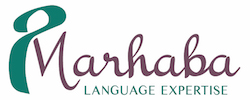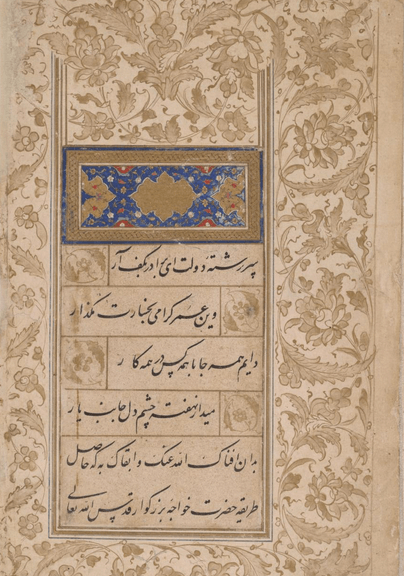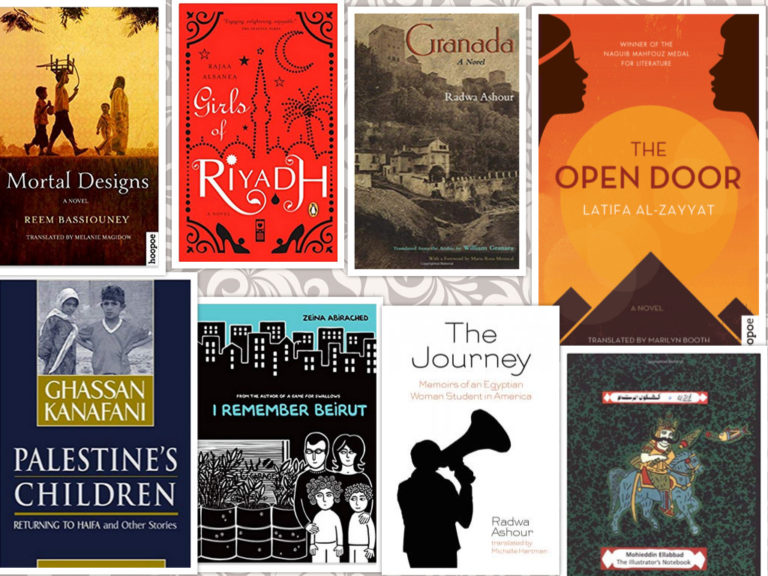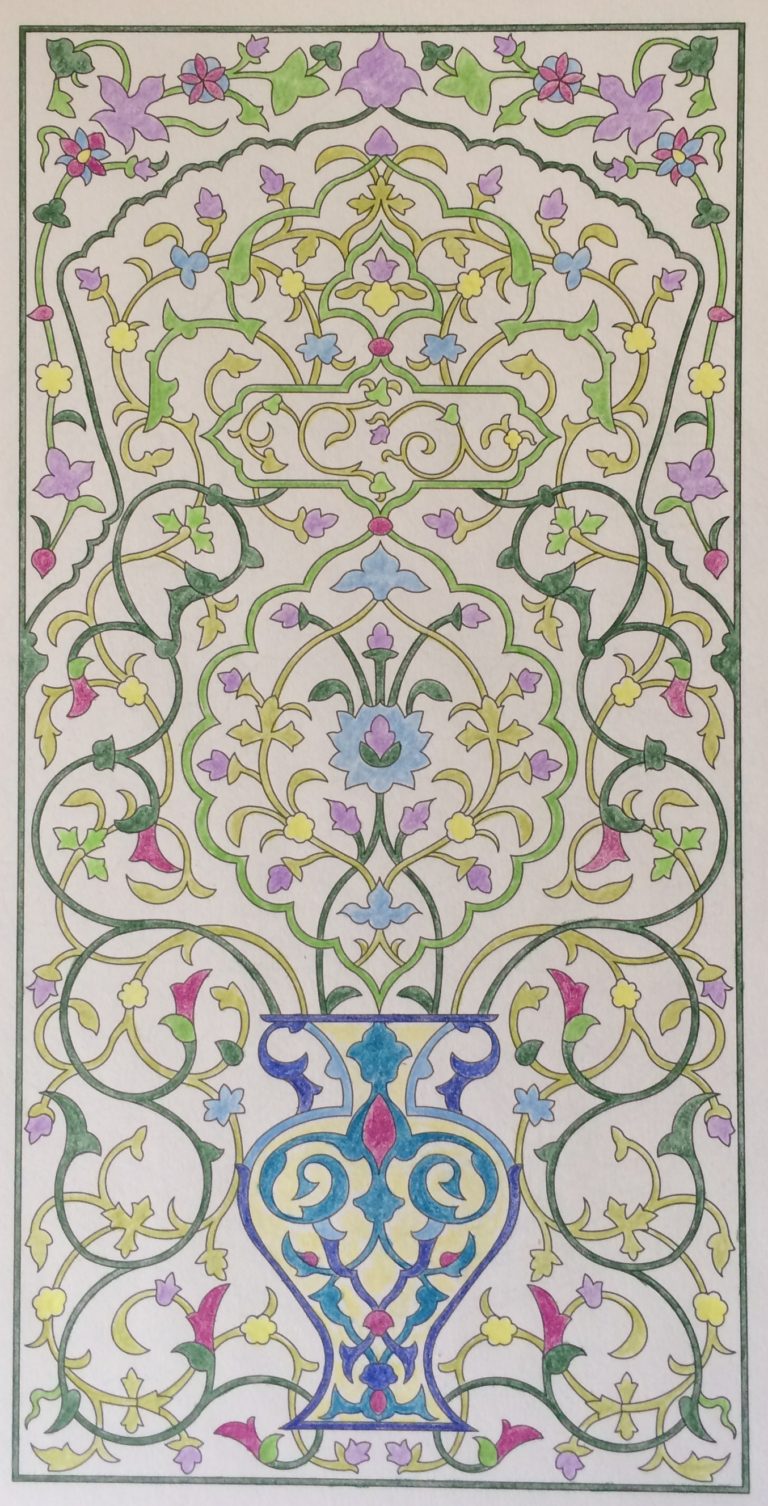The Arabic Language: An Overview
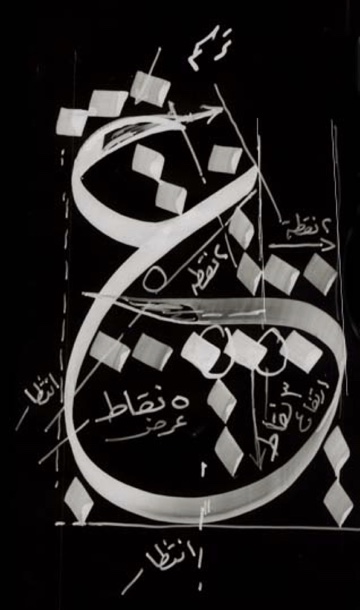
The letter ع ‘ayn
The Arabic Language
اللغة العربية
Arabic belongs to the Semitic family of languages. Currently spoken languages in this family, besides Arabic, include Modern Hebrew, Amharic, Tigre and Tigrinya, Syriac, several Aramaic dialects, and Maltese. Arabic is spoken by about 422 million people (native and non-native), making it one of the 5 most spoken languages in the world. It is also used in various degrees in the prayers and recitations of more than 2 billion Muslims all over the world.
For practical purposes, we might divide Arabic into three varieties:
فصحى التراث
Classical Arabic is the oldest type of Arabic that is widely studied. Defined broadly, it is the language of the Qur’an and of texts from the classical age of the Islamic empire. Until a few decades ago, this was the type of Arabic most commonly taught in American universities. This variety is still used today but is restricted to religious and highly formal contexts.
فصحى العصر
Modern Standard Arabic (MSA) or al-FuSHaa is a direct descendant of Classical Arabic and is now the language of elevated discourse and correspondence, contemporary literature, and the mass media (whether newspaper, radio, television, or the Internet). MSA is a formal, mainly written language that is not used for daily life communications. There are no native speakers of Modern Standard Arabic, but the vast majority of the educated in the Arab world develop proficiency in MSA through formal schooling. Although Arabs not educated formally cannot produce MSA, they often can comprehend it because of the considerable overlap that exists between all varieties of Arabic. Despite some differences in idiomatic usage, Modern Standard Arabic remains largely uniform throughout the Arab world. An educated Saudi woman, for example, can pick up a newspaper or a book published in Tunisia and read without much difficulty.
العاميات
Colloquial Arabic, or ‘aammiyya, refers to the regional dialects that are used for everyday discourse and typically in popular culture media (music, movies, etc.). There are numerous dialects in the Arab world that vary along geographical, socio-economic, and religious lines. Arabs from one region can understand dialects from other regions, but the degree of this understanding will depend on proximity, exposure to other Arab dialects, education and command of MSA. In general, one can identify four major dialect groups in the Arab world today: (1) Egypt (most influential in TV, cinema, media), (2) North Africa (Morocco, Mauritania, Algeria, Libya, Tunisia),(3) the Levant (Syria, Lebanon, Jordan, Palestine, and parts of Iraq), (4) the Gulf Area (Saudi Arabia, Yemen, UAE, Kuwait, Oman, Bahrain, Qatar).
